For Product Registration and general enquires please contact us
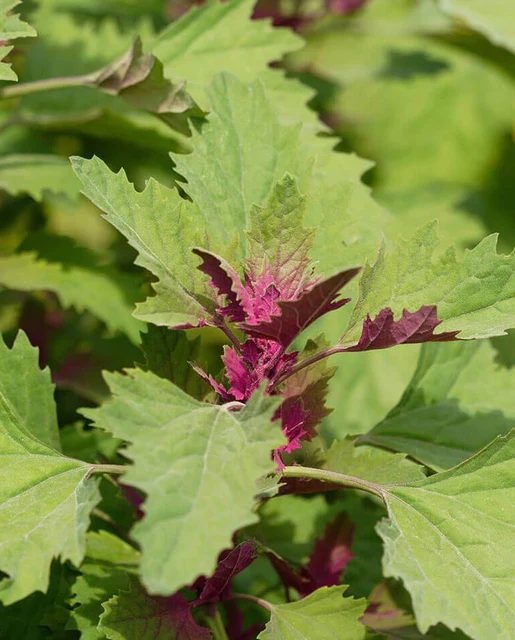
Giant Goosefoot Organic
$7.99 – $179.99
Our Giant Goosefoot organic seeds are CERTIFIED ORGANIC! A tall cousin of lamb’s quarters, this fast growing plant has large, edible leaves that taste great and are high in fibre. Use the young, mineral-rich, magenta tipped leaves raw in salad mixes.
West Coast Seeds ships anywhere in North America. However, we are not able to ship garlic, potatoes, asparagus crowns, bulbs, onion sets, Mason bee cocoons, or nematodes outside of Canada. We regret, we cannot accept returns or damages for orders outside of Canada. The minimum shipping charge to the US is $9.99.
Description
More details about Giant Goosefoot Organic
Chenopodium giganteum. Our Giant Goosefoot organic seeds are CERTIFIED ORGANIC! A tall cousin of lamb’s quarters, this fast growing plant has large, edible leaves that taste great and are high in fibre. Use the young, mineral-rich, magenta tipped leaves raw in salad mixes. Save some of the high-protein seeds for grinding into gluten free flour, or feed them to wild birds. Harvest thoroughly, though, as Giant Goosefoot can reach 2m (6′) tall or more. Sow thickly and begin cutting as plants reach 15-20cm (6-8”) tall. Resow regularly for continuous harvests from April through autumn. Matures in 60 days. (Open-pollinated seeds)-
- High in fibre
- Edible baby leaves
- Seeds can produce flour
- Certified Organic
- Matures in 60 days
All About Giant Goosefoot Organic
How to Grow Salad Greens

Step 1: Timing
Seed every three weeks from just before the last frost date until the end of summer for a continuous harvest. Provide frost protection with a cloche or heavy row cover when frost looms in the fall. Many mesclun types and mixes will continue to grow all winter where winters are mild.
Step 2: Starting
Plant in a block or in a wide row. Sprinkle the seeds evenly over prepared, moist soil. Try to space seeds about 1cm (½”) apart. Cover lightly with soil, and firm them in. Four grams of seed will plant a 12m (40′) row that is 7cm (3″) wide, so don’t plant the whole packet at once. For container growing, choose containers that are at least 10cm (4″) deep. Wider is better. The most common mistake is over-planting.
Step 3: Growing
Ideal pH: 7.0 Moderately fertile soil – particularly if you’re planning multiple harvests. Dig in 1 cup of complete organic fertilizer for every 3m (10′) of row. For containers, use peat or coir based mix with compost added. Water regularly. If growth slows after harvest, use a bit of kelp or fish based fertilizer to provide a boost of nutrition for the next growth spurt.
Step 4: Germination
Days to maturity: From direct sowing.
Step 5: Harvest
There are two methods of gathering salad greens. You can use scissors to cut everything about 2-5cm (1-2″) from the ground, when the plants are about 10-15cm (3-4″) tall. Or, you can pick individual leaves as they’re needed. The first cutting may contain more brassicas than lettuces (arugula, mizuna) but if you cut the mix back when the leaves are still small, the lettuce will catch up. The salad greens will regrow for a second harvest in another 2 or 3 weeks.
Tips!
Disease & Pests: Slugs love baby greens and flea beetles love brassica leaves.Additional information
| Matures | in 60 days |
|---|---|
| Season | Cool season |
| Exposure | Full-sun to partial shade |
| Quantity | 0.25g, 5g, 25g, 100g |
You must be logged in to post a review.




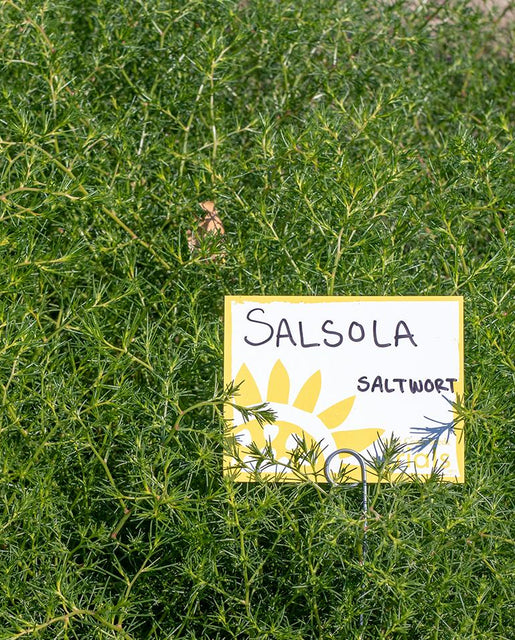
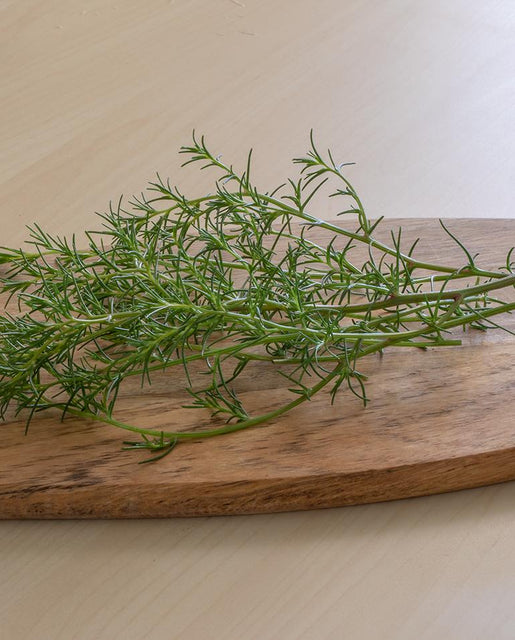
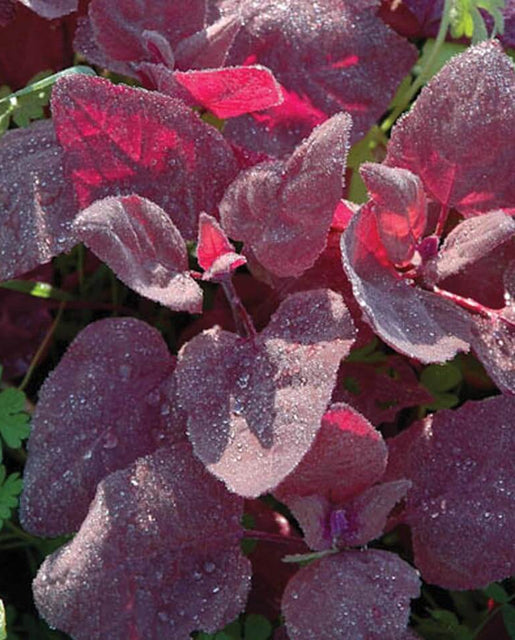
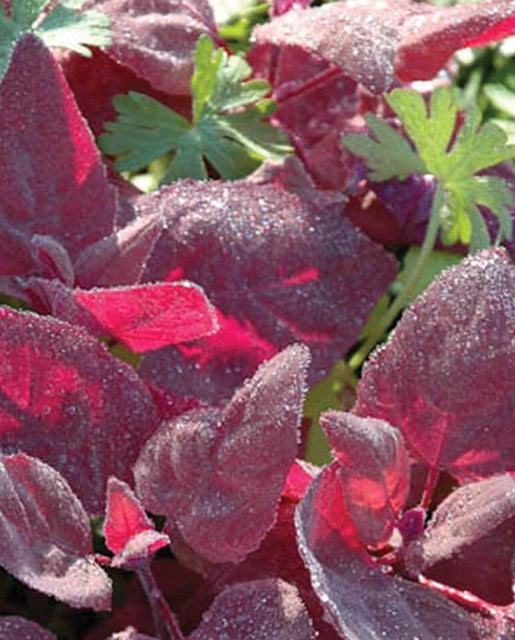
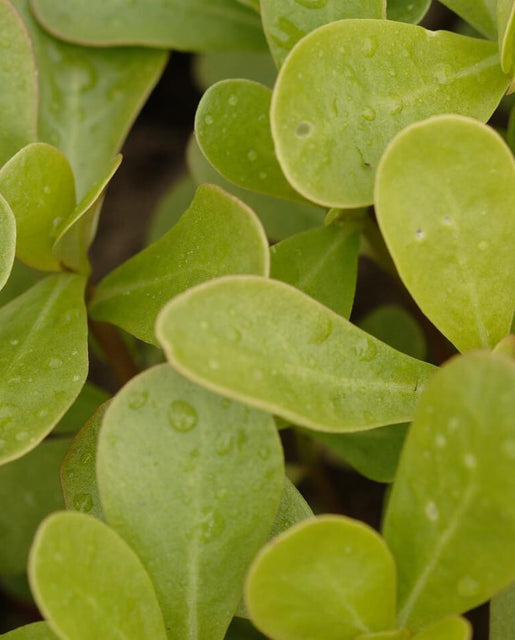
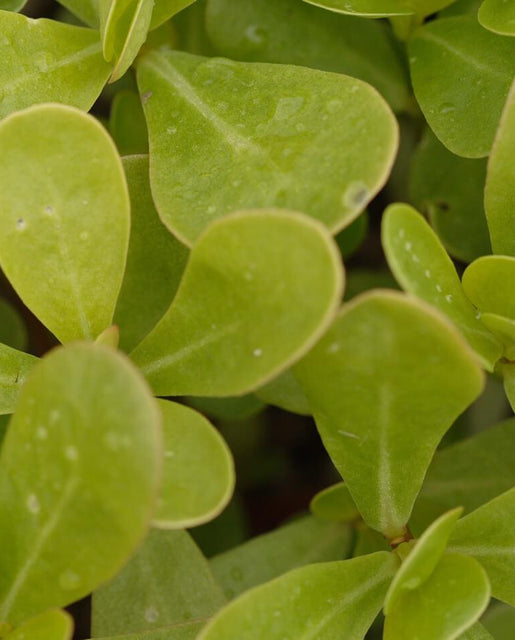
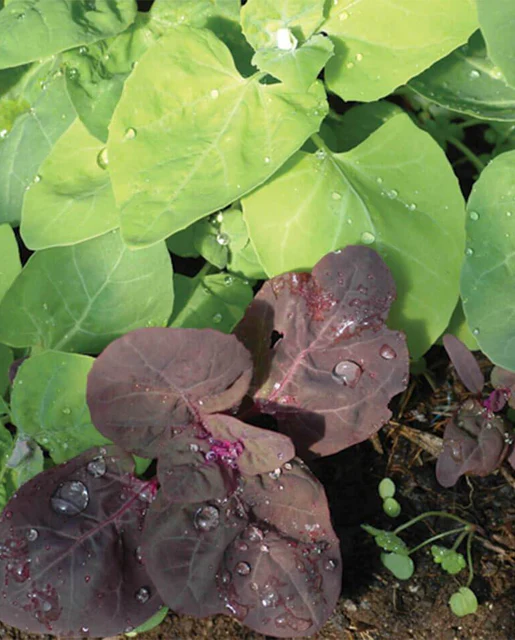




Reviews
There are no reviews yet.